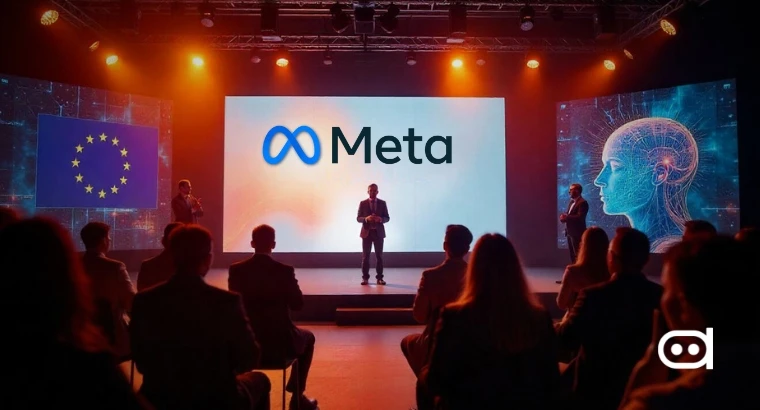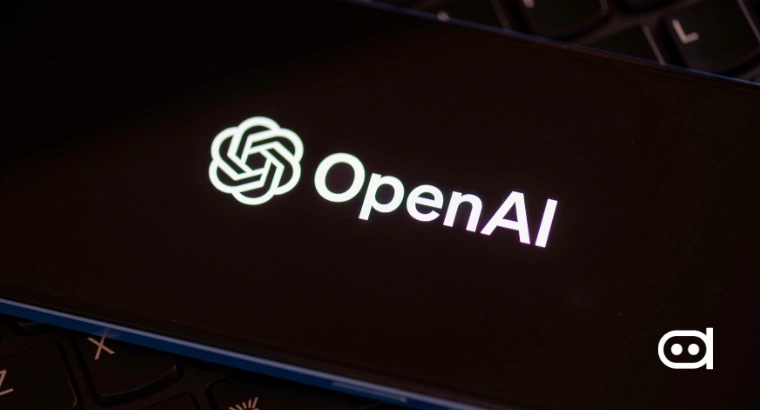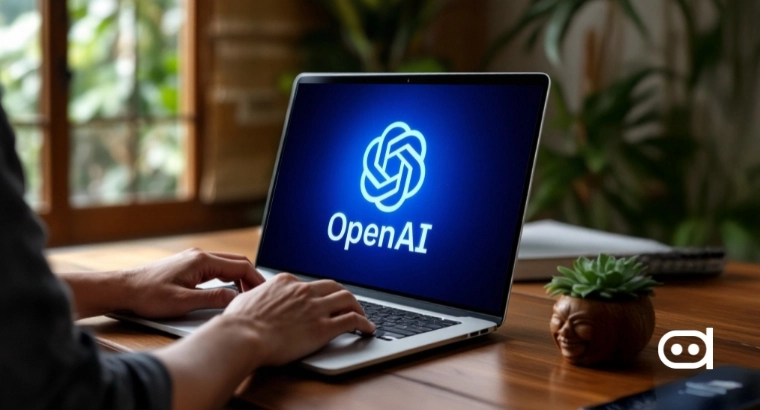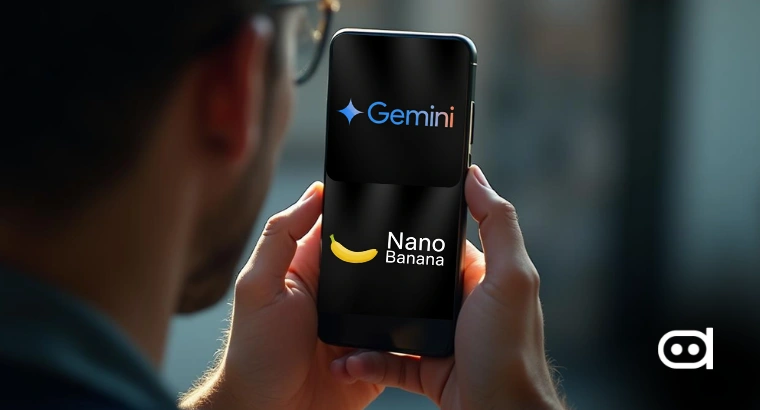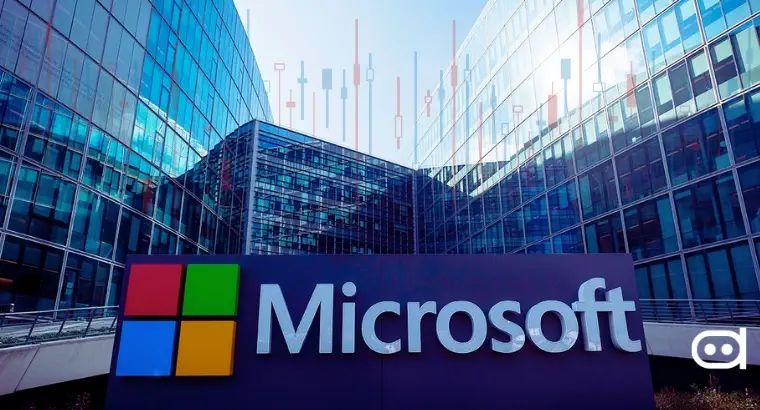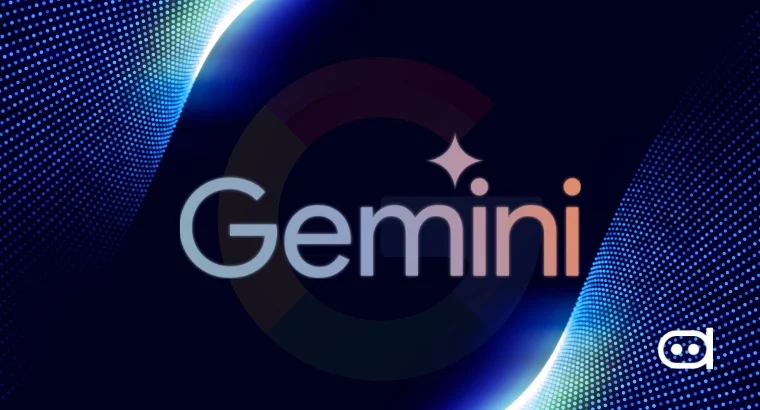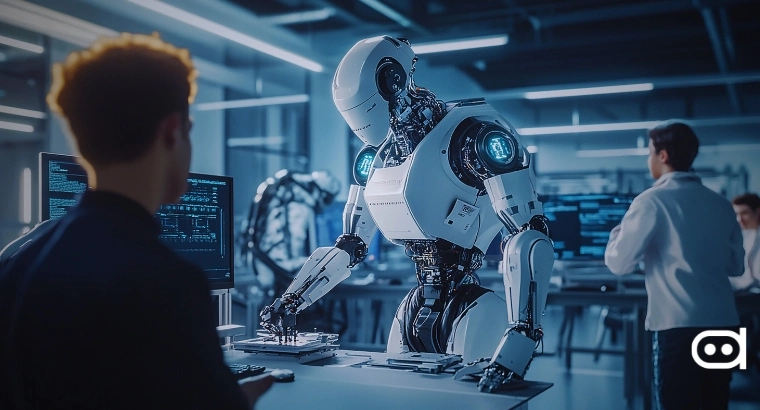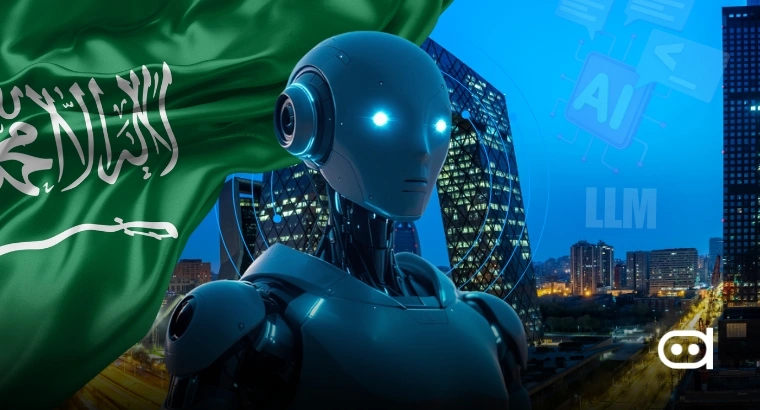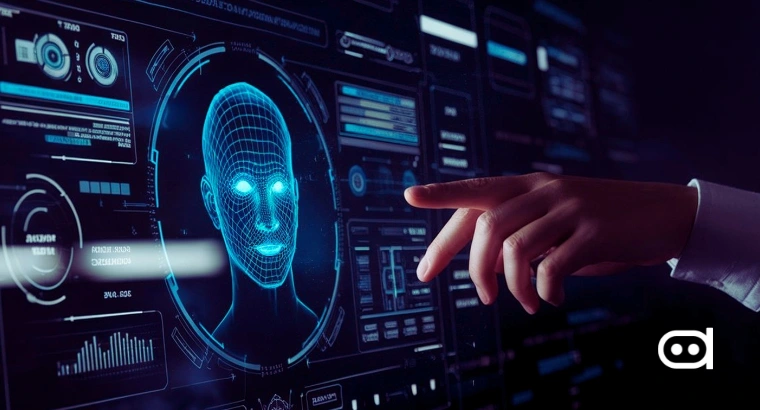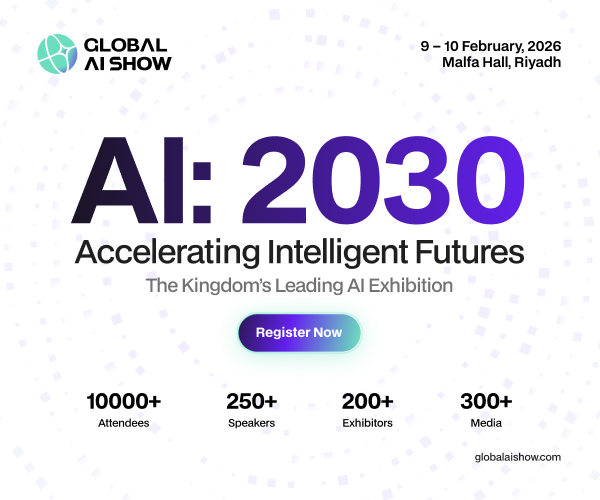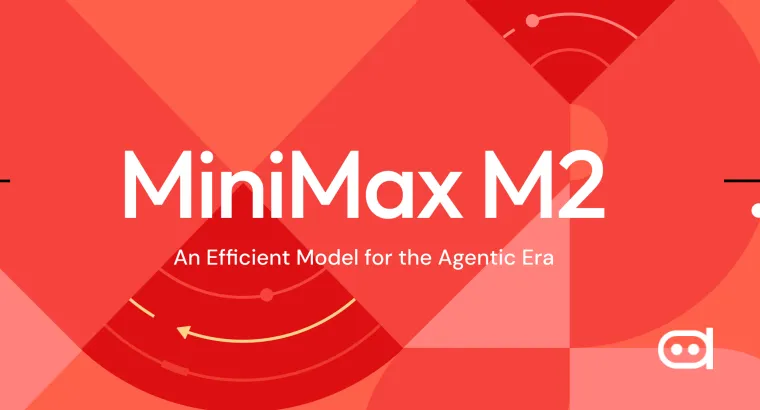
When the entire world applauds America in the AI race, thanks to OpenAI, Anthropic, Meta, and others, China is silently building an empire of its own. A new open-source Chinese AI model has emerged online called MiniMax-M2 that specializes in coding and agentic workflows. It also claims to be more cost effective, while offering similar, if not better performance than GPT-5, Sonnet 4.5, Gemini 2.5 Pro, and even DeepSeek.
With its open-source nature, MiniMax M2 can be downloaded and run on any system, bringing access to best-in-class logical and reasoning skills for free. This is also a wakeup call for American companies and the world that the best of technology need not be closed source.
MiniMax-M2 Model: More Max Than Mini
The MiniMax-M2 model has 10 billion active parameters that power its general intelligence. This compact size also makes it easy to deploy locally, which is helpful for small-scale researchers or individual enthusiasts to test the technology. It is also supports advanced agentic mode with powerful coding capabilities. Here are some key features:
- Advanced Intelligence: This model brings competitive-level intelligence in topics related to mathematics, science, following general instructions, and more. It is also claimed to be the #1 open-source model in composite score rankings.
- Supports Next-Gen Coding: MiniMax 2 can analyse multiple files, run code editing loops, and also validate repairs. This makes it ideal for software developers for practical applications, instead of asking AI to write the entire code.
- Agentic Performance: It also supports long-context understanding, which helps the model to automate and execute complex and repetitive tasks, while applying logic in the process.
- High Efficiency: The MiniMax-M2 models has 230 billion parameters, but it only uses 10 billion active paratmers using batched sampling for maximum performance while using least resources.
Here’s a quick comparison chart of MiniMax-M2 in benchmarks compared to leading AI models in the market:
OpenAI and Anthropic Need To Worry
Across all popular benchmarks, the MiniMax-M2 models offers equivalent performance to GPT-5 and Sonnet 4.5, which are the most advanced AI models from OpenAI and Anthropic repsectively. This should be concering for the American AI companies, as their success is tied to their closed-source and proprietary nature.
When a major private software solution gets an open-source alternative with similar performance, the world prefers the open-source route because its free. This could drive investors away from OpenAI and Anthropic, which may affect their R&D for upcoming models. OpenAI is the biggest AI company in the world with deep ties to Microsoft, Nvidia, and others. If a Chinese LLM is able to match its offerings, it would reduce the market value of GPT.
Due to similar reasons, Meta chose to go open-source with its Llama models. So far, Llama LLMs have shown good metrics in not just reasoning, but also media generation features. However, they still have a lot to catch up with OpenAI, which offers an easy to deploy enviornment and resources to developers.
MiniMax-M2 is not the first time where OpenAI and others get threatened by an open-source model. Earlier this year, DeepSeek-R1 made headlines for being a powerful open-source LLM, that even beat Google’s Gemini and OpenAI’s GPT models. However, it did not see any major long-term impact on OpenAI or its users.
China already has DeepSeek, Qwen, MiniMax, and many other open-source models that offer superior performance. The first mover advantage of OpenAI has helped it to maintain a lead, along with its close ties with Microsoft and Nvidia. However, as more businesses adopt AI, the increasing running costs may give a push towards open-source Chinese AI models.

